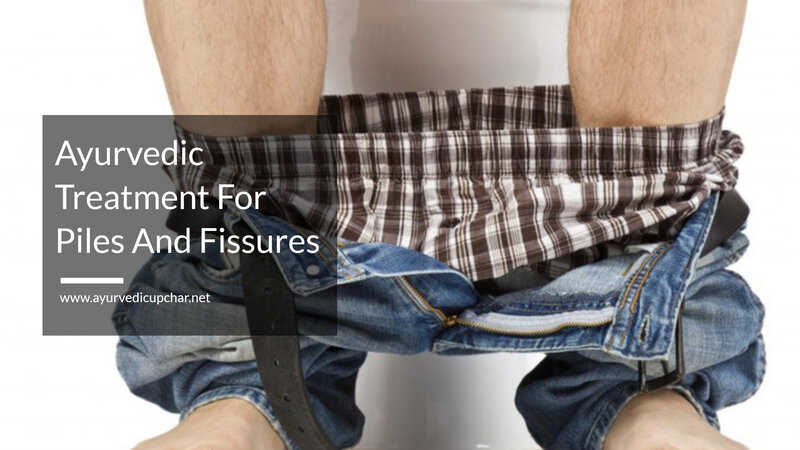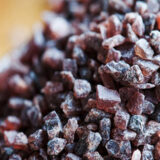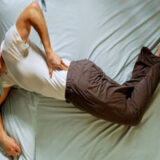What Is The Best Ayurvedic Treatment For Piles?

What is an anal fissure? An anal fissure is a tear in the lining of the lower rectum (anal canal) that causes pain during a bowel movement. Anal fissures do not lead to more serious problems.
Most anal fissures heal with home treatment after a few days or weeks. These are called short-term (acute) anal fissures. If you have an anal fissure that has not healed after 8 to 12 weeks, it is considered a long-term (chronic) fissure.
A chronic fissure may require medical treatment. Anal fissures are a common problem. They affect people of all ages, especially young people, and out of this healthy.
What causes an anal fissure?
Anal fissures are caused by injury or trauma to the anal canal. Injury can happen when:
- Passes large stools.
- You have constipation and try to pass hard stools.
- You have diarrhea repeatedly.
- Gives birth. (Labor can cause trauma to the anal canal.)
- Fissures can also be caused by digital rectal examination, sexual intercourse through the anus, or a foreign object. In some cases, a fissure can be caused by Crohn’s disease.
Many experts believe that additional stress on the two muscle rings (sphincters) that control the anus may be a cause of the fissures. The external anal sphincter is under your conscious control. But the internal sphincter is not.
This muscle remains under pressure, or tension, all the time. If the pressure gets too high, it can cause spasms and reduce blood flow to the anus, causing a fissure. This pressure can also prevent a crack from healing.
What are the symptoms?
The possible symptoms are as follows:
- A throbbing, stinging, or burning pain during a bowel movement. The pain from a fissure can be very intense. It can be brief or last several hours after evacuating the intestine.
- Itching infections
- Bleeding You may see a small, bright red bloodstain on the toilet paper or a few drops down the toilet. The blood in a fissure is separated from the stool. (Very dark, tarry stools, or dark red blood mixed with the stool, maybe a sign of a more serious problem.) Tell your doctor if you have any bleeding when you have a bowel movement.
Sometimes an anal fissure can be a painless wound that does not heal. It may bleed from time to time but not cause any other symptoms.
How is an anal fissure diagnosed?
A doctor can diagnose an anal fissure based on your symptoms and a physical exam. The exam may include:
- Observe the fissure by gently separating the buttocks.
- A digital rectal exam. The doctor inserts a gloved finger into the anal canal.
- Anoscopy. This involves using a short, lighted instrument to look into the anal canal.
- The doctor may wait until the fissure has started to heal before doing a digital rectal exam or anoscopy. If the test needs to be done right away, medicine can be used to numb the area.
During the exam, the doctor can also find out if another condition may be causing the fissure. Having multiple fissures or having one or more in an area of the anus where fissures do not usually occur may be a sign of a more serious problem, such as inflammatory bowel disease or a weakened immune system.
How is it treated?
Most short-term anal fissures can heal with home treatment in 4 to 6 weeks. The pain when evacuating usually disappears within a couple of days after starting treatment at home.
There are many ways, but the best ayurvedic treatment for piles are some of below. There are several steps you can take to ease your symptoms and help the fissure heal:
- Try to prevent constipation, for example
- Include fruits, vegetables, beans, and whole grains in your diet every day. These foods are rich in fiber.
Drink plenty of fluids. - Get some exercise every day.
- If necessary, take a fiber supplement, such as Benefiber, Citrucel, or Metamucil, every day. Read and follow all directions on the label.
- Go to the bathroom when you need to. Or when you can, schedule a time each day to evacuate. A daily routine can help. Take your time and don’t strain when you evacuate. But don’t spend too much time sitting on the toilet.
- Try taking stool softeners or laxatives to make your bowel movement less painful. Ask your doctor how long you should take laxatives.
- Sit in a tub filled with a few inches of warm water for 20 minutes, 2 or 3 times a day. This is called a sitz bath. This calms the torn tissue and helps relax the internal anal sphincter. Do not add soaps, salts, or shampoos to the water.
- Talk to your doctor about trying an over-the-counter cream like Zinc Oxide, Preparation H, Anusol, or 1% Hydrocortisone for a short period of time. These can calm anal tissues. But fiber and sitz baths alleviate symptoms more.
- Be cautious with medications. Read and follow all directions on the label. If your doctor gave you a prescribed pain reliever, take it as directed. If you are not taking a prescription pain reliever, ask your doctor if you can take an over-the-counter medicine.
- Instead of toilet paper, use baby wipes or medicine wipes, such as Preparation H or Tucks, to wipe off after you have a bowel movement.
- Do not avoid evaluating the intestine. Knowing it could hurt can cause anxiety. But trying not to evacuate will only make constipation worse and keep the fissure open and sore.
What happens if the fissure does not heal on its own?
About 9 out of 10 short-term fissures heal with home treatment, including using stool softeners or fiber supplements and taking regular sitz baths. And about 4 out of 10 long-term anal fissures will heal after using home treatment.
But not all fissures will heal only with home treatment. If a fissure lasts longer than 8 to 12 weeks, you may need prescription medications. These may include nitroglycerin cream, high blood pressure medicine in pill or gel form, or injections of botulinum toxin (Botox).
If medications don’t stop your symptoms, you may need to consider surgery. The most commonly used surgery is an internal lateral sphincterotomy. In this procedure, the doctor cuts part of the internal sphincter to relax the spasm that causes the fissure.























